Warm pillowy biscuits coated generously with butter and jam, my mom’s spicy red beans and adobo chili, cozy homemade chicken noodle soup used to soothe a sore throat––these are the dishes that speak to my soul, offering solace in good memories. I often reach for these in times of hardship or crisis, as do many, in an attempt to remember better days.
There is an entire cuisine designated to the comfort food classics people associate with their childhood or culture. Some keep it old school while others give it a new look. Either way, there’s a market for it and a plethora of restaurants catering to that nostalgia.
“I’m a firm believer that happiness can stem from the tummy,” says Samuel Charles, chef and co-owner of Rodina, a comfort food style restaurant in Cedar Rapids, Iowa.
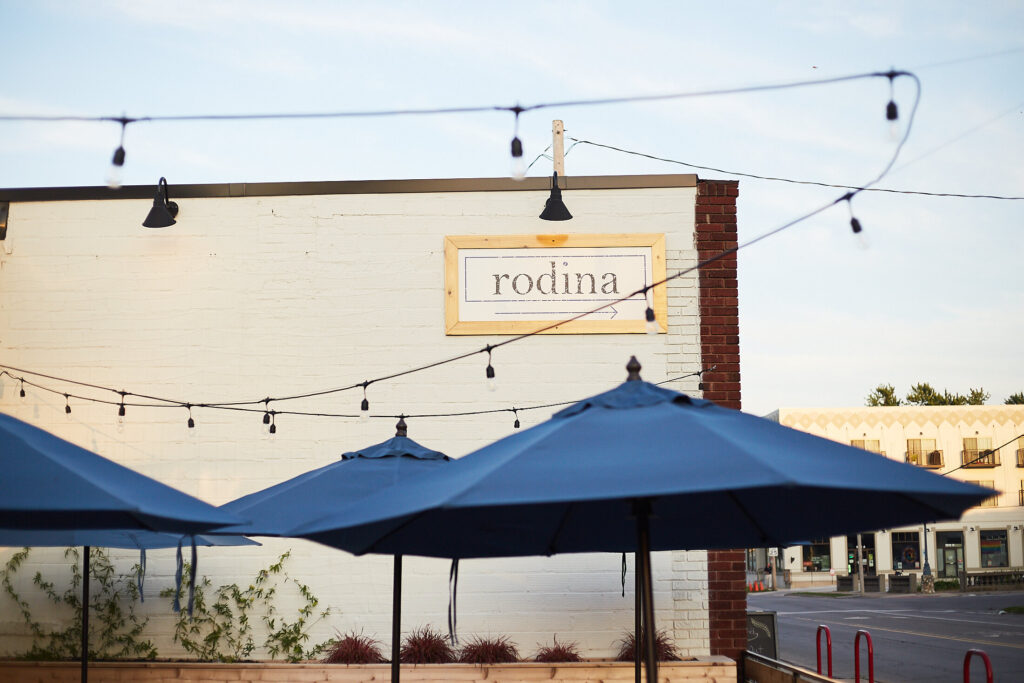
The name Rodina means “family” in Czech. Speaking to the at-home flavors Samuel and his wife, Phoebe Charles, serve up at their own restaurant. Samuel remembers spending much of his childhood off the coast of Oregon on his grandfather’s property. Phoebe, on the other hand, was raised in Cedar Rapids. We can see a dichotomy of comfort food on their menu. It boasts fresh seafood reminiscent of the West Coast and offers those “meat and potato” dishes popular in the Midwest.
When asked what comfort food means to them, Phoebe referred to the idea of family and the connection it invites.
“It can often transport you to a place that feels like home…that ability for food to kind of transport you elsewhere, somewhere you feel safe, is something we try to bring to the table,” Phoebe says.
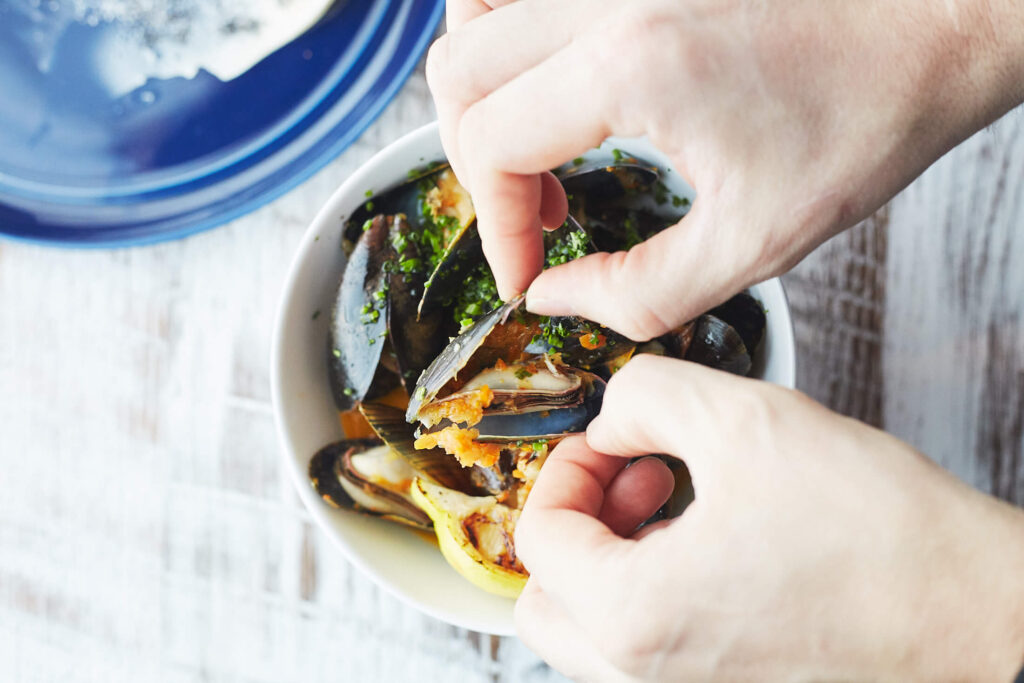
The Origins of Comfort Food
The term “comfort food” was first coined in 1977 in a Washington Post magazine article about Southern cooking according to an article by The Atlantic. Two decades later in 1997, the Oxford Dictionary gave it a formal definition, “comfort food, food that comforts or affords solace; hence, any food (freq. with a high sugar or carbohydrate content) that is associated with childhood or home cooking.”
In a research study done on comfort food in the Journal, Appetite, it found that people with strong “attachment styles,” or the ability to form strong, healthy relationships, typically sought comfort food when there was a “belongingness threat” or felt isolated. Take, for example, a pandemic.
Early on in the pandemic, after being swiftly sent home, I found myself reaching for the family recipe book to find any kind of normalcy while in quarantine. The empty shelves and the perpetual absence of yeast in grocery stores aisles revealed I was not alone in this. People from all different backgrounds were trying to recreate a bit of normalcy.
This got me thinking. The pandemic isn’t the only time in United States history that people have struggled. Just in the first half of the 20th century alone we had two World Wars and a Great Depression. I got curious about what comfort food was like back then. Was it the same? Different?
So, I called the only living person I knew who had lived through at least two of those. My grandma.
The Dry Chocolate Cake
Born in North Carolina in the midst of the Great Depression, my grandma lived on a farm with her mother, father, and four siblings. Comfort food is something that runs deep in our roots as a family, so it wasn’t hard for her to recall some of her childhood favorites.
She mentioned how her mom, especially when money was tight, would often make things that could be eaten for leftovers later. In true Southern fashion, this included biscuits, fried fish, or food that could be canned, like jams. Being on a farm, they had access to a lot of fresh meat and produce, not that uncommon for the time period as it is now.
“My mother never used a recipe,” grandma says. Instead, my great-grandmother cooked with a feeling. Being the youngest daughter, grandma didn’t actually get to cook in the kitchen much. Instead, she got put on dish duty. It prevented her from learning many of her mother’s recipes. This led to her experimenting later on once she got married.
When my grandma was newly married to my grandpa, she tried to recreate the chocolate cake her mother had made in her childhood. Now, I’ve heard this story from both sides, and while they both come to the same conclusion, my grandpa’s version has a tad more humor.
Here’s what I remember: When presented with that cake, and after having taken a bite, my grandpa politely asked for a glass of milk. After being given the milk, he then proceeded to pour it onto the cake in order to “moisten” it. I’m assuming at this point my grandma must have been a bit perplexed. His reasoning for what he had just done was that it was just the way he ate cake as a boy. My grandma totally did not buy it, but she appreciated his effort to disguise it. It was one of my grandpa’s favorite stories to tell.
The story shows that comfort food often has memories and places associated with them. While this cake didn’t become a comfort food, it led to my grandma creating her own recipes. Recipes she made for her own kids, and recipes she then shared with me. Those dishes have become a part of my own list of comfort foods. Now, every time I make one, I think of that story.
Comfort foods have transcended many hardened moments in history. Even when the world appears to have gone up in flames, the memories and emotions these dishes invoke help people remember there are better things waiting.
Comfort Food Is Different for Everyone, but the Effect Is the Same
While the media tends to feed the images of mashed potatoes, green bean casserole, fried chicken, and french fries as universally acknowledged comfort foods, they’re different for everyone.
For the Charles’, a big hearty salad is sometimes enough. Samuel says it’s about the escape it can bring to an individual.
“To be able to kind of block all that out [hardships] and get transported while eating something is priceless,” Samuel says. His wife Phoebe agrees, saying it’s a time for people to go all in on the food and the experience.
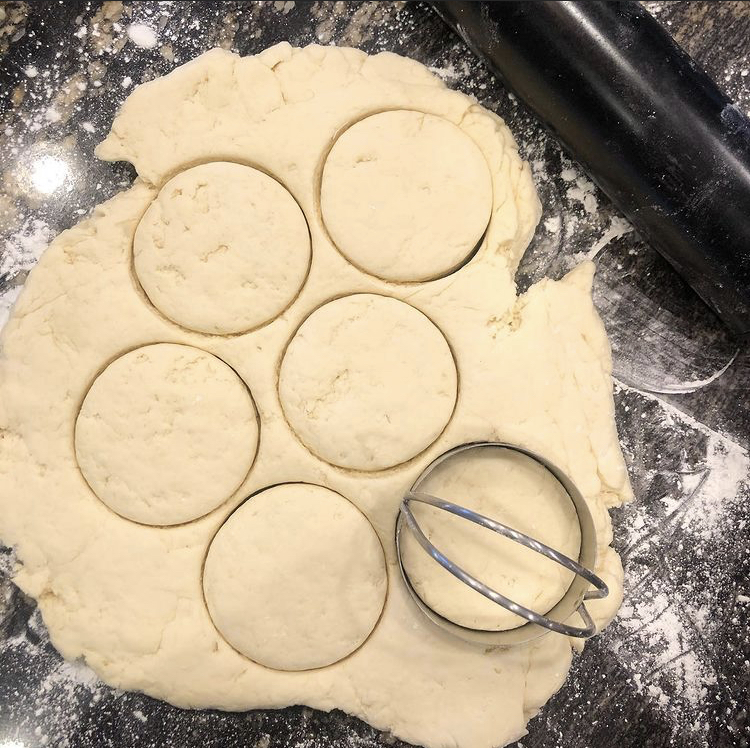
While dealing with my own sense of isolation during this pandemic, I made it my mission to execute my grandma and aunt’s biscuit recipe. So many times I’ve found my mouth watering while I recall the memories of waking up to those fluffy, flakey biscuits. I wanted to recreate that.
I struggled with the high-altitude aspect of baking in Colorado. It took me several tries to account for all the variables––Increase oven temp, reduce baking soda, reduce sugar, increase liquid. Even Google couldn’t give me everything. Biscuits can come out different just by the type of oven you’re using. I also learned, after several phone calls with my aunt and my grandma, they only ever used White Lily Four. They’re apparently known for making bangin’ biscuits.
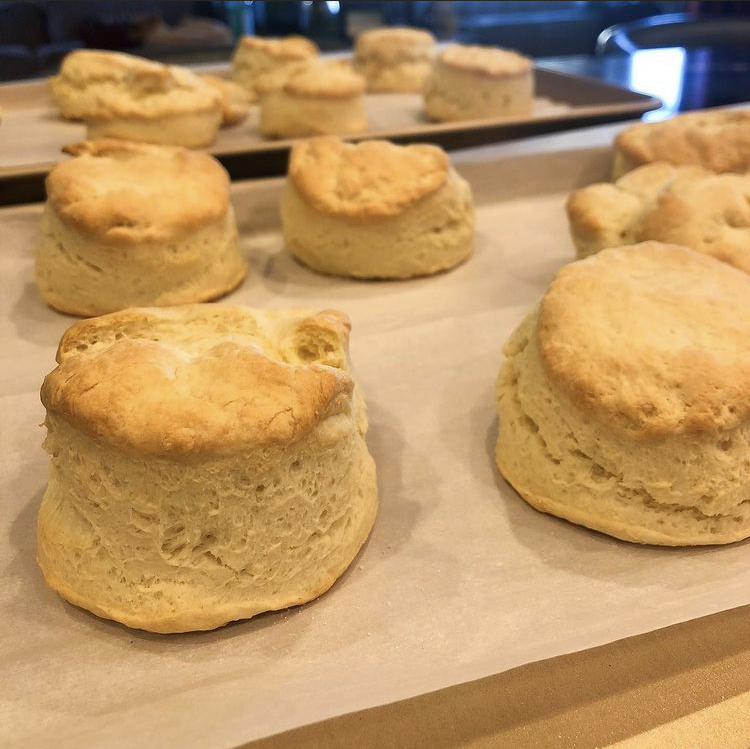
Eventually, I did it––enough starch to perfectly pull apart from the middle but delicate enough to melt in your mouth. The memories flooded back. Me sitting at the kitchen counter, my aunt covered in flour, the homemade jam. Everything. Now, my little sisters ask for me to bake every time I come back home. I like to think I’ve become what my grandmother was to me, a keeper of traditions and experiences.
Making Experiences
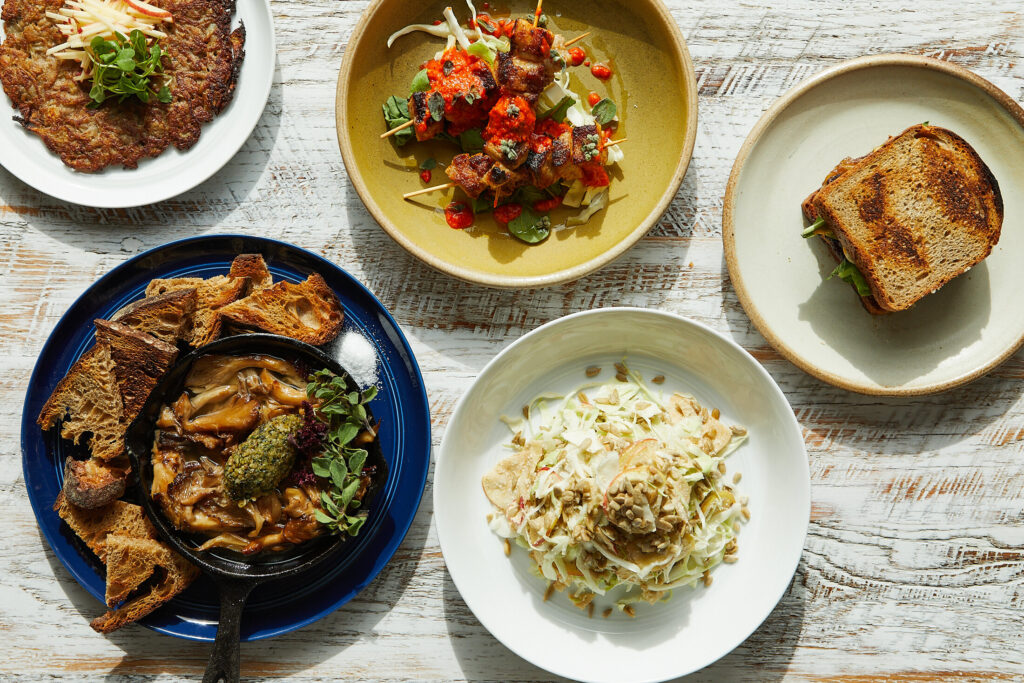
The Charles’ know that experience is important when it comes to comfort food. In fact, with a different rotating menu everyday, a customer can look forward to a different experience every time. With summer approaching, the new flavors and foods that will be making an appearance in their menu fills them with excitement.
“Spring into summer is a really exciting time because we change our menu so much,” Samuel says. “There’s so much good stuff coming.”
Phoebe says they’re excited about a new remodel for their restaurant patio to provide more shade from the summer heat and wind. “Because of how busy our patio was last year because of COVID, we were like ‘we need to invest some more to make this better,’” Phoebe says.
Having struggled so much at the start of the pandemic, and furloughing all of their staff, Samuel and Phoebe are proud of where they are at today and excited to continue to provide people with Rodina’s comfort food experience.
Comfort food may have only been coined in the 1970s, but it’s always had a seat at the table of the world’s gastronomy. No war, crisis, natural disaster, or pandemic will ever change that.
